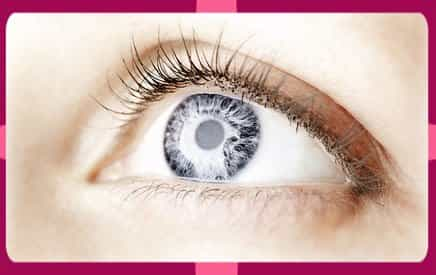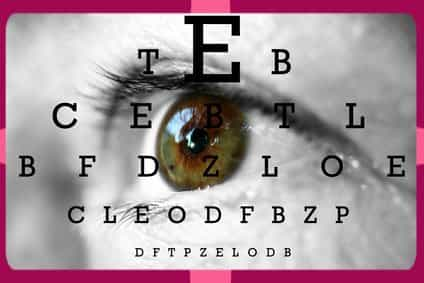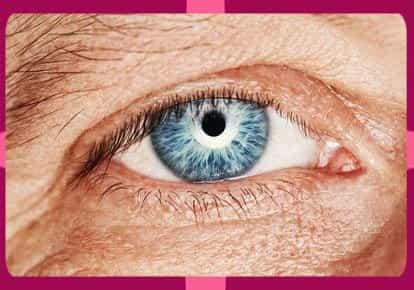
Presbyopia is a medical term for a vision problem that occurs as you age. By the time you reach your 40s or 50s, or sometimes later, changes in the lens of the eye make it more difficult for your eyes to differentiate between distant or near objects. That's because the muscles that accommodate this adjustment of the lens changes due to natural aging processes. When the muscles around the lens weaken or thin, you'll notice a difference in your ability to focus on objects closer to you.

Hyperopia, also known as farsightedness, is also a term that defines presbyopia. Essentially, they're the same thing. An individual with hyperopia or farsightedness has no trouble seeing a distant object clearly and in focus, but closer objects may be blurry.
If you have trouble reading the writing on a pill bottle, a recipe, or even a newspaper or magazine, you may be experiencing presbyopia. In many cases, small print may appear blurred. This is caused because the eyeball has actually shortened, caused by aging lenses that grows stiffer and less flexible as you age. The process makes it increasingly difficult for the lens of the eye to properly bend light rays, and the light rays end up landing on an area in front of the retina rather than behind it, which is required for clear vision.

The best treatment: Presbyopia vs Hyperopia
One of the most common treatment approaches to changes in vision such as presbyopia or hyperopia is optical correction, meaning that you can be fitted with prescription glasses or contact lenses. Many people simply visit their local pharmacy and buy a pair of reading glasses, but these don't provide for changes in individual eye or vision capabilities.
Newer technologies have been developed in recent years. One of those is known as Kamra inlay. This procedure involves the implantation of a very small (smaller than a contact lens) device into the cornea of the eye. This inlay reduces the need of an individual to wear reading glasses.
Presbyopia or hyperopia can grow worse over time, and while not everyone experiences it as they age, by the time you reach your mid-60s, the condition usually stabilizes and your vision remains the same. It is recommended that any individual experiencing vision problems visit your ophthalmologist, optometrist, or eye doctor to determine an adequate treatment plan

How much do common treatments cost?
In the United States, treatments for presbyopia or hyperopia depend on which option is chosen. Prescription glasses and contact lenses may cost between $50 and several hundred dollars, depending on individualized circumstances and needs. The Kamra inlay procedure costs approximately $10,000, performed in less than 30 minutes. Results are immediate.
Who performs these treatments?
Optometrists or ophthalmologist who specialize in the treatment of vision disorders treat individuals diagnosed with presbyopia or hyperopia. Such individuals should be trained, licensed, as will a certified to perform a variety of eye treatments and procedures, including the latest inlay procedure. Ensure that the optometrist or ophthalmologist you choose is board certified by a local, state, or national medical organizations or groups.


|